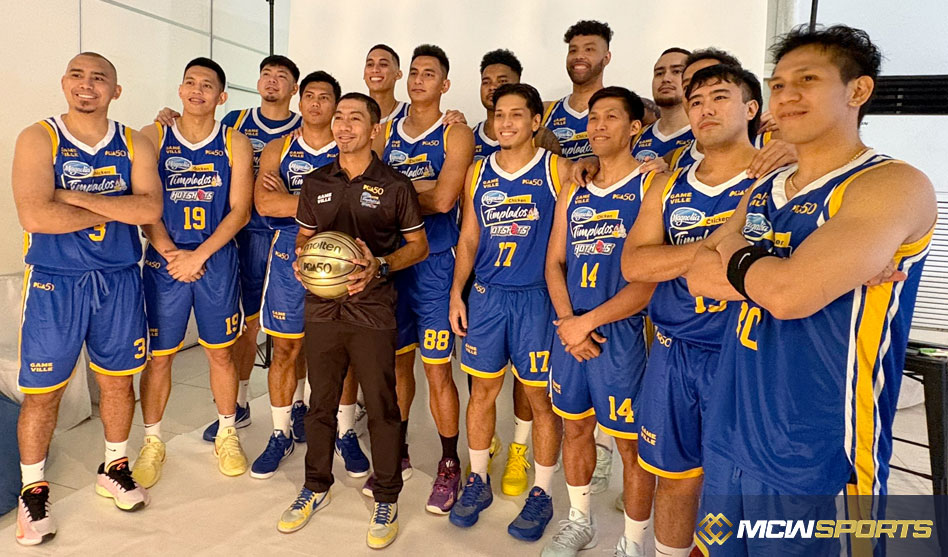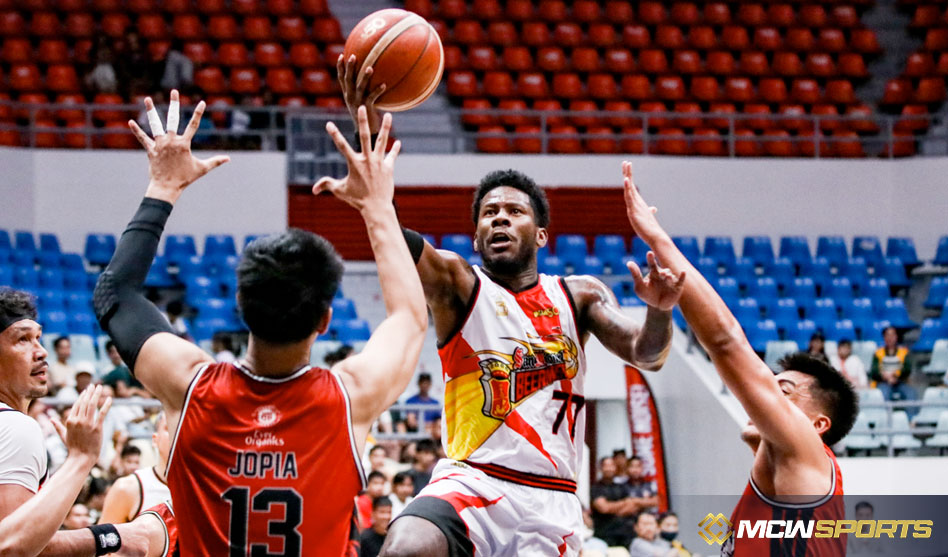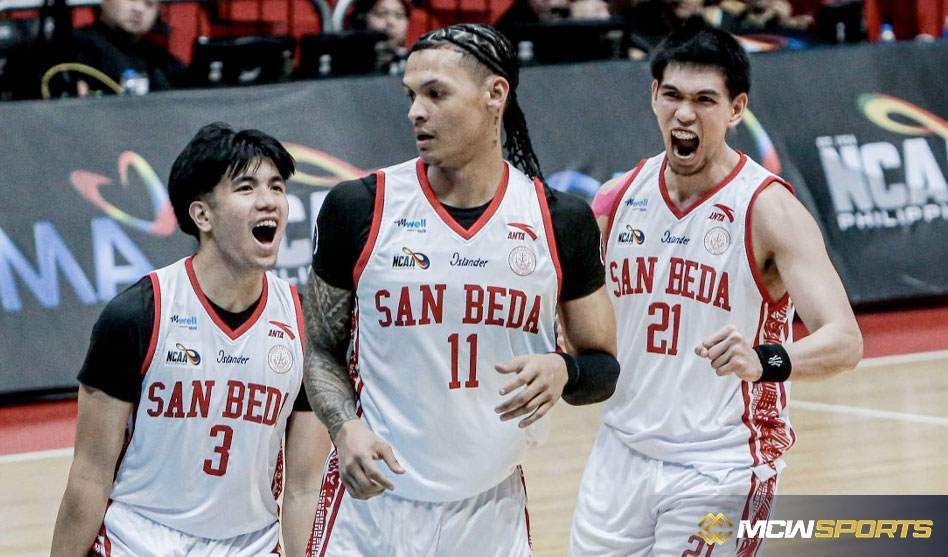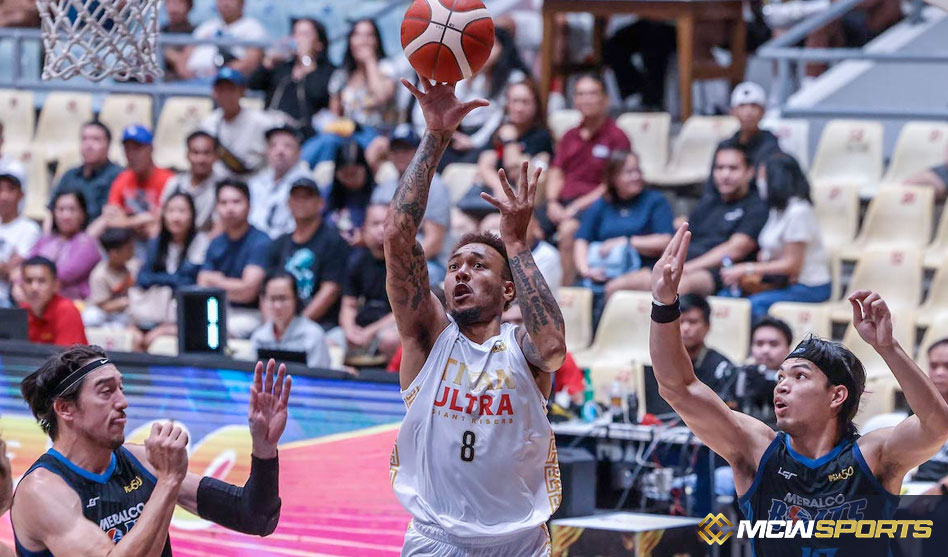MANILA, Philippines – Prior to PBA Season 50, Magnolia listed LA Tenorio on its roster in two capacities, formally designating him as a playing coach. Tenorio was listed on the injured/reserve list when the Hotshots presented their 15-man lineup. As a result, he continues to play under Magnolia, albeit mainly in his new position as head coach.
Tenorio recently joined Magnolia’s practice, indicating that he is open to the idea of playing, but he made it clear that coaching is still his top priority. He stated that being on the injured/reserve list essentially keeps him available to play if necessary and that he has not officially retired as a player. He believes that team management should make the final decision.
Tenorio is a member of a unique lineage in PBA history because of his dual categorization. He is the next in line of legendary players who briefly merged playing and coaching, including Ramon Fernandez and Robert Jaworski, who was renowned for being Ginebra’s playing-coach from 1985 to 1998. Tenorio would be the first player to play in a full PBA season in decades if he did.
The move has multiple strategic justifications. Tenorio has the power to evaluate the system’s development in real time in his capacity as head coach. His leadership and voice might be extended by his on-court presence, particularly for younger players becoming used to his tactics. In crucial matchups, the ability to suit up provides tactical flexibility in the event of an injury or depth issues.
Under Tenorio’s direction, Magnolia’s lineup has changed, combining newcomers and veterans. Given his illustrious playing career—especially his extended stay with Barangay Ginebra—and his experience with tremendous pressure, he is well-positioned to lead the transition. Tenorio’s dual job is probably seen by the Hotshots as a symbolic gesture that confirms his commitment to coaching and helping out when needed.
Of course, difficulties are ahead. It’s difficult to juggle the obligations of playing with teaching. Tenorio needs to remain impartial when choosing his rotation, particularly when it involves his own possible playing time. Another issue is physical condition; durability and fitness are crucial at age 41. Magnolia has to control expectations and appearances in the meantime; if calls to cast the coach as a player are not handled carefully, they could draw criticism.
Tenorio has already joined full practices in the early sessions. His presence enables him to simulate plays, defensive formations, and positioning in real time, according to observers. On the court, players can witness both his intentions and his directions being carried out. For rookies or new hires in particular, this role-blending may hasten chemistry and comprehension of his system.
After hiring Tenorio as head coach in July, Magnolia’s front office seems dedicated to embracing this unorthodox strategy. A change in direction was indicated by the move from Chito Victolero to Tenorio, and the playing-coach listing supports that assertion. While cautiously experimenting with leadership innovation, the team maintains faith in its core group of seasoned veterans.
Tenorio’s playing role will only be activated in situational or restricted minutes. Given the physical strain and demands of complete games, it seems unlikely that he will be deployed on a regular basis. Rather, in certain games, late-game situations, or when lineup stabilization is required, the coaching staff might use his on-court abilities. They can make adjustments without having to commit fully up front because they are on the injured/reserve list.
In the PBA’s current age, playing coaches have historically been uncommon, and those who tried it frequently had varying degrees of success. The dual function might cause concentration problems and muddy authority boundaries. However, Tenorio’s background, basketball acumen, and leadership style offer a starting point for handling that complexity. He might provide Magnolia with a distinct advantage if he successfully manages both positions.
Additionally, Tenorio’s inclusion on the roster alters the way opponents might get ready. Another potential contributor, even one who comes off the bench, must be taken into consideration by teams. When the coach is also a variable on the court, defensive strategies, matchups, and rotation planning get more complicated. This choice makes Magnolia’s depth and adaptability even more apparent.

 English
English










